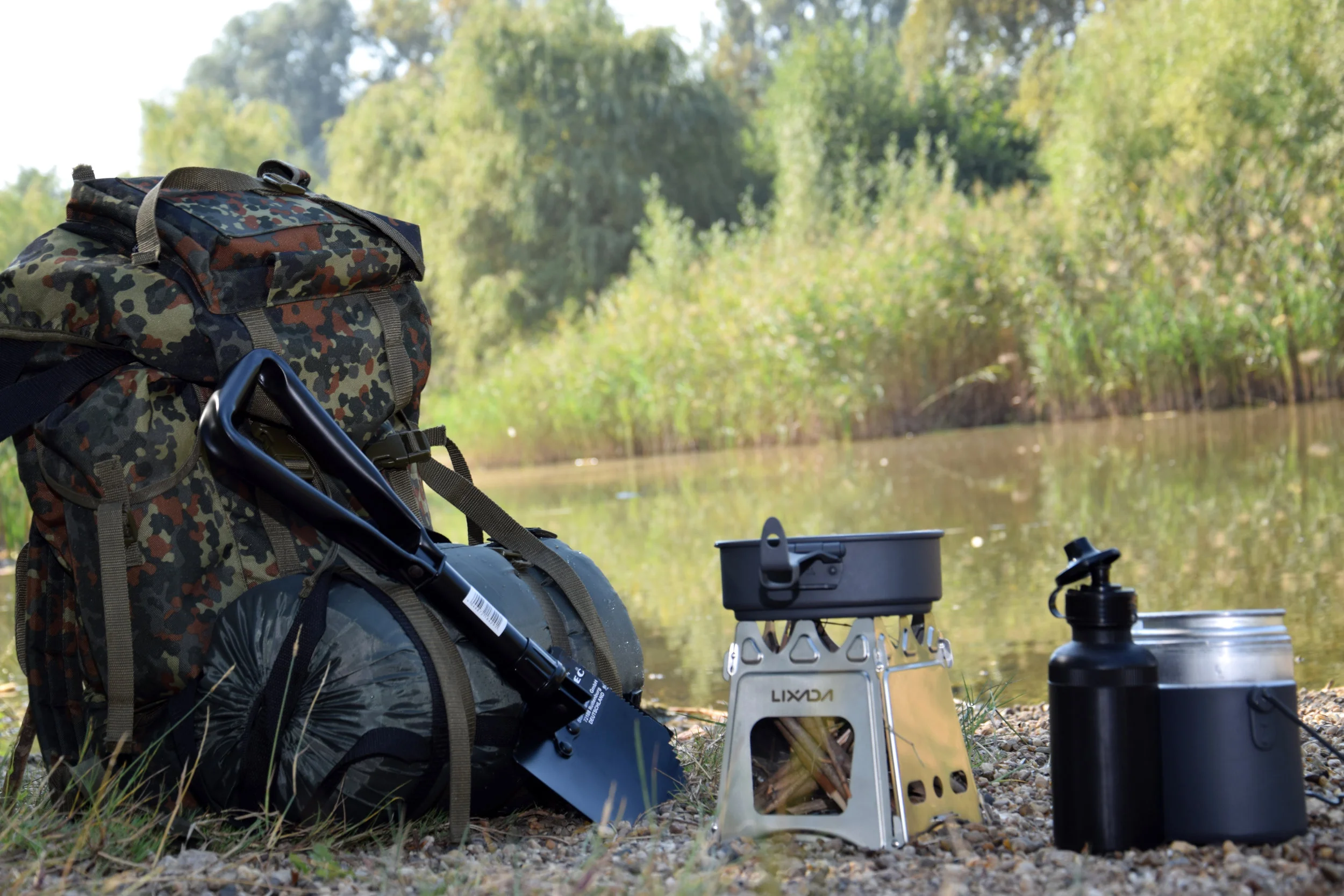How To Start Your Pantry
Your first goal of a pantry is to try and create a home store that backs up your kitchen cabinets. When you run out of something this “home store” will prevent you from having to run out for salt or sugar. The secondary focus of starting a pantry is to build up your food supply in a way that makes sense to you and your family members. Sometimes, not everyone in the household is on board with the idea of prepping so coming home with a year supply of food might not go over so well. So long as you focus on buying goods that you will use on a daily basis it should be easier to get everyone on board. As they see the products being used you can slowly start to come home with more and more groceries depending on your budget.
Remember that the cost of groceries fluctuates daily and by supply and demand. In times of natural disasters, for example, the price of goods increases as the supply dwindles. Buying a few extra cans every time you go to the store locks in that day’s price and will build up your pantry in no time at all.
The basics:
Sugar
Flower
Salt
Pepper
Olive Oil
Seasonings: Back up spices
Rice
Oats
Bread Crumbs
Shortening
Baking Powder
Baking Soda
Beef Stock
Chicken Stock
Veggie stock
Apple cider Vinegar
Vinegar
Peanut Butter
Coffee
Tea
Honey
Water: One gallon per day per family member
Canned Goods
This changes based on what your family eats but these are the essentials we carry.
Artichoke Hearts
Corn
Diced Tomatoes
Tomato Paste
Tomato Sauce
Black Beans
Kidney Beans
Baked Beans
Refried Beans
Black Olives
Diced Chillies
Garbanzo Beans
Peaches
Mandarins
Fruit Cocktail
Pineapple
Chicken Noodle Soup
Beef Stew
Tomato Soup
Chef Boyardee For the kids: Multiple Types
Tuna
Chicken
Salmon
Pasta Sauce
Dried Goods:
Beans:
Lima Beans, Dry
Soy Beans, Dry
Split Peas, Dry
Dry Soup Mix, Dry
Chickpeas, Dry
Black beans, Dry
Navy Beans, Dry
Pasta:
Spaghetti
Angel hair
Fettuccini
Bucatini
Orzo
Egg Noodles
Tortellini
Penne
Other Good Stuff
Quinoa
Top Ramen
Instant Oatmeal
Cereal
Creme of Wheat
Crackers
Pretzels
Beef Jerky
Nuts
Almond Milk
Ginger ale
Gatoraid (Powder Drink)
Pedialyte Powdered Drink
Chips
School snacks
Popcorn ( Microwavable and Stove Top)
Pancake Mix
Potatoes
Onions
Jams
Sauces:
A1
Hot sauce
Salad Dressings
Soy Sauce
Teriyaki
Other Items:
Foil
Plastic Wrap
Containers
Jars
Back-Up can opener








